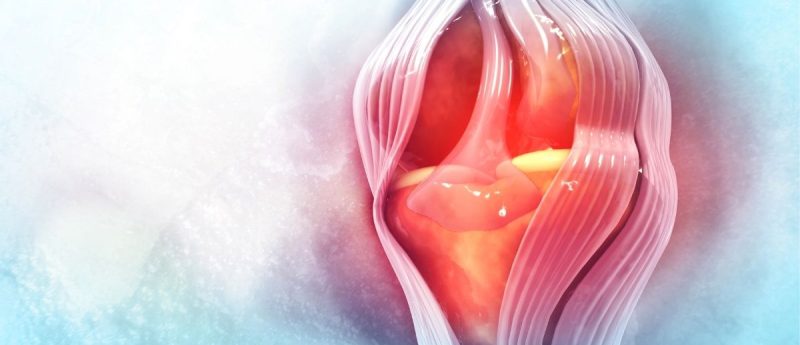iPSCs: a clinical solution for the formation of artificial tendons?

A research team from Tokyo Medical and Dental University (Japan) have recently published a study in the Journal of Tissue Engineering, whereby they successfully induced human stem cells to create artificial tendon-like tissue.
Autologous or allogeneic tendons have regularly been utilized for tendon reconstruction with reasonably positive outcomes, but they can cause some complications. For example, the supply of allogeneic tendon tissue is insufficient and when they are used during reconstruction, meaning they may not eliminate immunogenicity.
Due to these issues, an ideal medical solution for the reconstruction of tendon ruptures would be the development of an artificial tendon-like tissue. This would encompass the creation of mechanical and histological features similar to human tendon cells in-vitro.
During a recent study at Tokyo Medical and Dental University, human iPSCs were utilized alongside Mohawk (Mkx), which is a transcription fact that promotes the expression of genes relating to the formation of tendons. This method results in the differentiation of stem cells into tendon cells.
Hiroki Tsutsumi, lead author of the study, stated: “[by] using human iPSCs with Mkx, we could produce artificial tendon tissue.”
The Mkx-expressing stem cells were then placed in a 3D culture system that applies mechanical force on the cells while they develop. This mimics the conditions necessary for tendon maturation and increases cell alignment and organization.
The researchers reported that their method improved the cell stretch chamber system, enabling the production of enlarged and well-structured bio-tendons from human induced pluripotent stem cell iPSC-mesenchymal stem cells overexpressing Mkx.
The research team also investigated how the artificial tendon would behave in a mouse model of a tendon rupture. They discovered that 6 weeks after transplantation, the artificial tendon had similar mechanical properties to an undamaged mouse tendon. The artificial tissue also had the ability to recruit and mobilize tendon cells from the host, which enhanced the healing process.
Hiroshi Asahara, lead author of the study, concluded that: “bio-tendons derived from human induced pluripotent stem cells have similar mechanical and biological properties to normal tendons and can be fully integrated relatively quickly after a transplant surgery in a mouse model, making them an attractive strategy for clinical application in tendon injuries.”
The team suggest that further research in large animal models will allow them to assess the capacity of the artificial tendons as a biomaterial on a larger scale. The promising results so far indicate that a medical procedure for tendon repair may be more widely available in future.
Tsutsumi H, Kurimoto R, Nakamichi R et al. Generation of a tendon-like tissue from human iPS cells. J. Tissue. Eng. doi: 10.1177/20417314221074018 (Epub ahead of print) (2022).